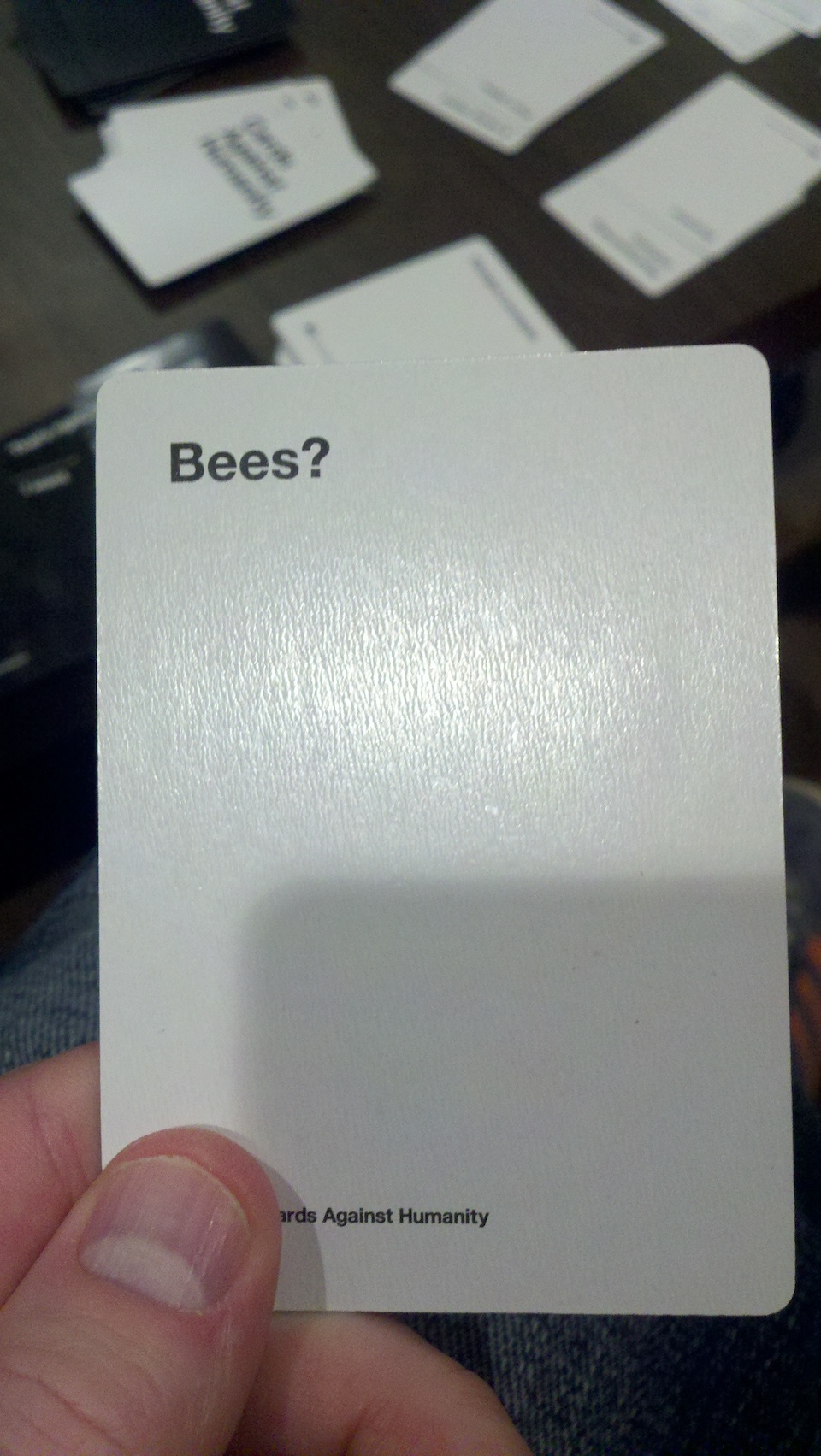What are your Non-Negotiables? Most recently, I was talking to someone[1] about my New Year’s resolutions, and we were discussing why I had done one of them, but not the other two. It eventually came out that the resolution that worked (writing every day this year[2]), worked because I had made it a Non-Negotiable[3]. I had resolved that no matter what, every day this year, I would write something. Somehow, every day, I would carve out an hour or two, pushing other things aside so that I could focus and write.
(Incidentally, this practice focusing has done wonders for me, helping me find ‘the zone’, or ‘flow’ much more consciously and easily.)
Sometimes I would push aside a computer game, or facebook, sometimes sleep, but those things didn’t matter compared to the commitment I had made (mostly to myself) to write every day.
Interestingly, the other Non-Negotiable that came to mind today was the 5-minute standup. I was talking to someone about it today, and they started to say ‘5-10 minutes’, and I had to interject, with talk of Non-Negotiables, how if you let something like that slip, pretty soon you’re having daily half-hour sit down ‘stand-up’ meetings.
Interestingly, biking to work every day is not quite a Non-Negotiable. I take probably a couple of weeks off each year, some for snow, some for rain, some for events. It’s pretty close, though, and I’m not so worried, because I’ve been doing it for long enough (14 years, I think), that it’s a pretty deep-seated habit.
So, what are your Non-Negotiables? What is the one thing you want to change this year?
[1]Pretty sure it was G at a life coaching session, but my brain has this annoying tendency to abstract things away, but that’s another post. I also remember it from a speech by the head counselor at music camp many years ago, but that’s another story…
[2]At least so far…
[3]This is a good precis from a life coach on Non-Negotiables.
